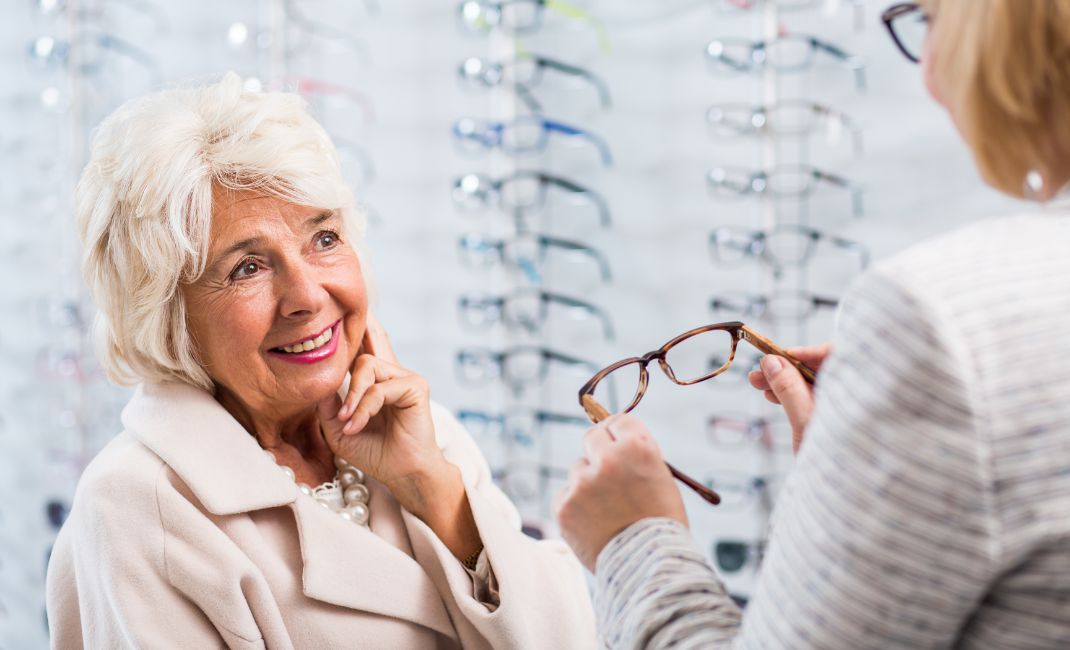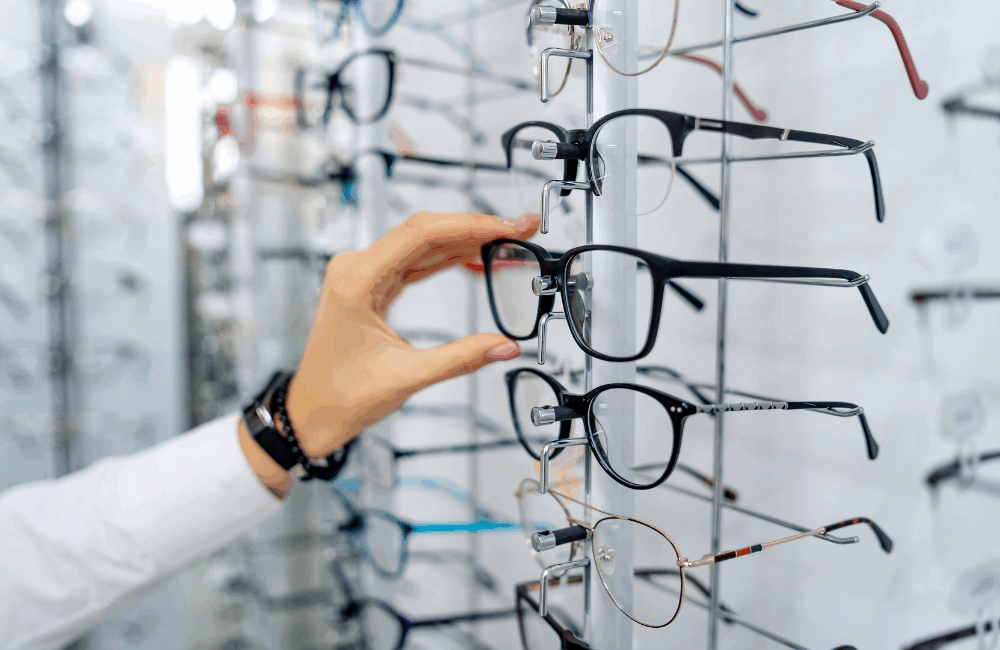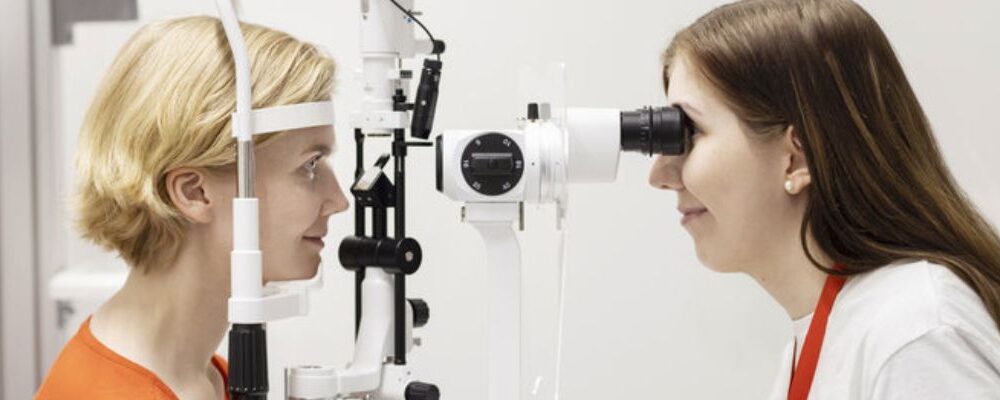
Finnish Association of Vision and Eyecare NÄE ry’s comparative calculation shows that by using private service providers it is possible to achieve considerable public financial savings: estimated to be more than 30 million euros annually. Eye healthcare services could already be produced in the current situation in such a way that society’s funds are saved, while the availability of services improves. The calculation is based on public information. During the next term of office, cost containment and examination of expenditure items will be more relevant than ever.
The controller working group of member companies of NÄE ry carried out a calculation based on public information, which can be used to compare the costs of basic eye healthcare services to the public economy. The calculation was made before the health and social services reform, and it is still applicable to the assessment of service production in welfare areas.
For example, one of each hospital district of different sizes was included in the calculation: in the calculation, Pirkanmaa represented large hospital districts, of which there were five in Finland; Pohjois-Savo medium-sized, of which there were 10 in Finland; and Kymenlaakso small hospital districts, of which there were also five in Finland.
The calculation shows that by using private eye healthcare service providers, an average of 31.36 million euros could be saved nationwide each year. An alternative way of producing the services in question could be introduced quickly, within the scope of the optics stores’ capabilities and current legislation – the realisation of large savings would not require legislative changes, only the decisions of the welfare regions to start purchasing eye healthcare services from where they can be procured most economically.
Within the framework of the current legislation, welfare areas have the possibility to offer a service purchased from a private service provider to their patients either with a service voucher or to purchase it as a public procurement. For example, in the case of statutory screening for diabetic retinopathy, a service voucher would work excellently, and there is no obstacle to building, for example, a direct route based on a service voucher from the health and social care centres to the optics stores before or instead of an expensive specialized medical care outpatient clinic visit.
A wider utilisation of private service providers would also free up public healthcare resources for the more demanding treatment of eye diseases and eye surgeries.
“Some of the welfare areas have gratifyingly begun to reduce the costs of their own service production. So far, however, the calculation has had little effect on the solutions for service production in the regions, even though the situation of access to treatment is generally difficult throughout the country,” says Panu Tast, CEO of NÄE ry.
The welfare area would be able to finance a significant part of the services provided by optics stores with public healthcare customer fees.
“The customer fees collected by the wellness area would be enough to cover several services provided by optics stores, such as the cost of fundus imaging. By using the network of optics stores, the welfare area would, practically, not have to use public funds at all to provide the services in question. “The cost-effectiveness of optics stores is based on a market-based combination of product sales and healthcare services. The formula also enables specialist medical services even in small localities across the whole country,” reminds Tast.
Online service facilitates the work of regional decision-makers
The Silmäterveyspalvelut.fi (in Finnish) website maintained by Finnish Association of Vision and Eyecare NÄE ry lists private offices providing eye healthcare services, whose service selections can be searched and browsed by welfare area in the map-based search service. The website enables welfare areas to get an overview of the regional situation of private eye healthcare service providers in order to conduct a market dialogue.
“Calculated as a national savings potential, eye healthcare services accumulate an amount every year that should find other uses in an aging Finland,” Tast sums up.
See the calculation on NÄE ry’s website (in Finnish).
More information:
Panu Tast, CEO, Finnish Association of Vision and Eyecare NÄE ry
tel. +358 29 3000 901, panu.tast@naery.fi


